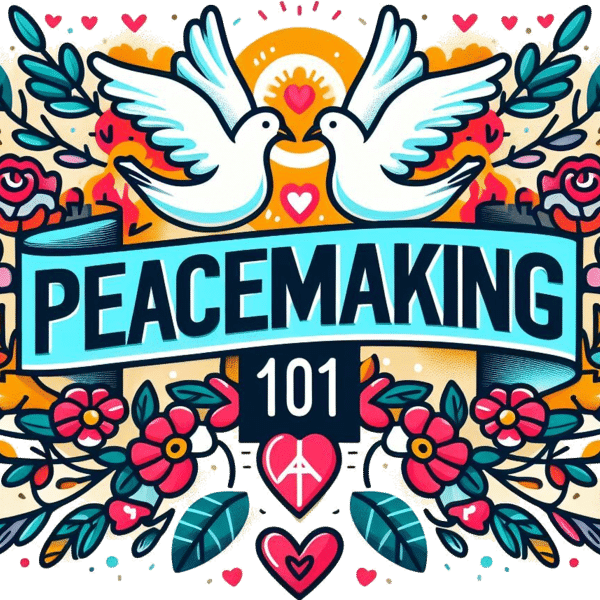P.S. Share this video with your friends and family who could benefit from learning peacemaking skills. We can all create a more peaceful world together!
Summary:
The lesson focuses on peacemaking principles through active nonviolence, particularly in the context of direct action campaigns. It covers the importance of careful planning and the significance of goals, objectives, strategies, and tactics in successful campaigns. The lesson also discusses disruptive and nondisruptive tactics, examples of tactics, considerations for choosing tactics, and peacemaking principles such as the involvement of peacemakers, incorporating nonviolence in daily life, speaking up, and the respectful nature of active nonviolence. It concludes by emphasizing the active role of peacemakers in improving the world.
Reflection Questions:
- How did Martin Luther King approach direct action campaigns, and what were the key elements of his successful public campaigns?
- Define the concepts of goals, objectives, strategies, and tactics, providing examples related to a social or political cause.
- Why might disruptive tactics be more effective in achieving movement goals, and what are the potential drawbacks of such tactics?
- Explore the categories of tactics mentioned, such as civil disobedience, economic campaigns, guerilla art, information campaigns, marches, physical intervention, strikes, and withdrawing from social systems. Which category resonates with you the most?
- What considerations should be taken into account when selecting a particular tactic, according to Rufus Burrowes?
- Discuss the peacemaking principles presented in the lesson, such as the involvement of peacemakers, the idea that there is a style of nonviolence for everyone, and the incorporation of nonviolence in daily life.
- As mentioned in the lesson, how can active nonviolence be applied in personal and organizational contexts?
- Why is active nonviolence considered respectful, and how does it differ from a power struggle or replacing one set of societal values with another?
- Reflect on the concept of a “Beloved Community” and UNESCO’s culture of peace and nonviolence. How can individuals contribute to creating such ideals in their communities?
- In what ways can individuals, as peacemakers, balance the primary goal of eliminating interpersonal conflict and drama with broader social responsibilities, as discussed in the conclusion of the lesson?
